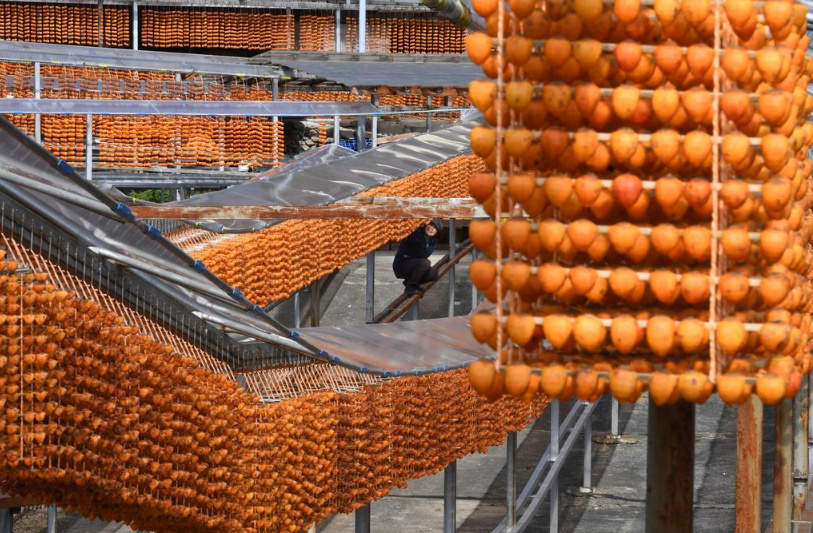
photos by Hirobumi Kakidaira courtesy Sankei Photo
It’s peak persimmon drying season in Japan right now. And for Wakayama prefecture, a major producer of persimmons, that means that roughly 70 farmers throughout the town of Katsuragi transform their farms into what is reminiscent of Christo and Jeanne-Claude’s The Gates, a 2005 art installation of orange curtains hung through New York’s Central Park.
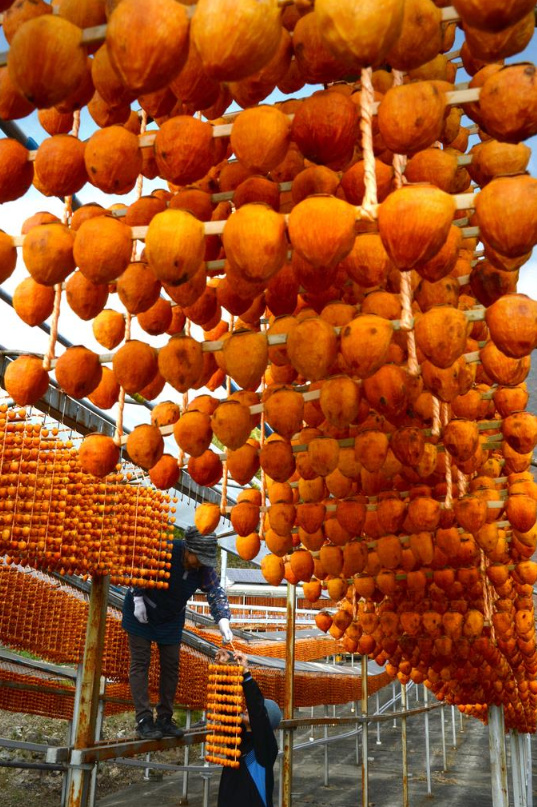
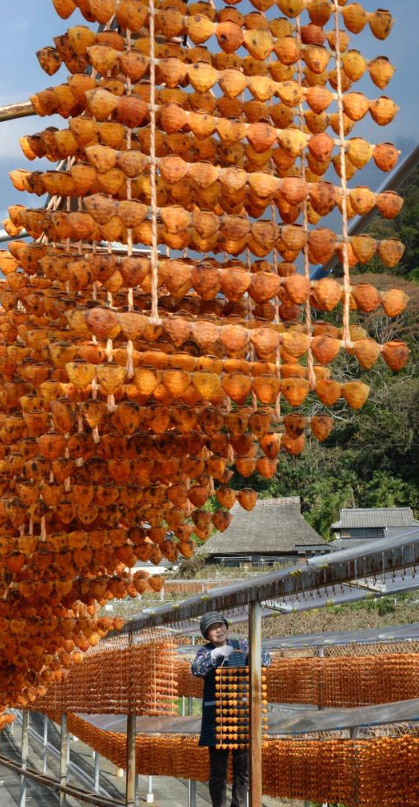
The reason early November is peak persimmon drying season is because dried persimmons (hoshigaki) are a traditional food that plays a central role in kagamimochi, a New Year’s decoration found in households across Japan. Kagamimochi is assembled by placing white mochi at the base. Next, dried skewered persimmons and, on top, a daidai orange. This structure is said to represent the Imperial Regalia of Japan: the mirror is the mochi, the jewel is the orange and the sword is the skewered persimmons.
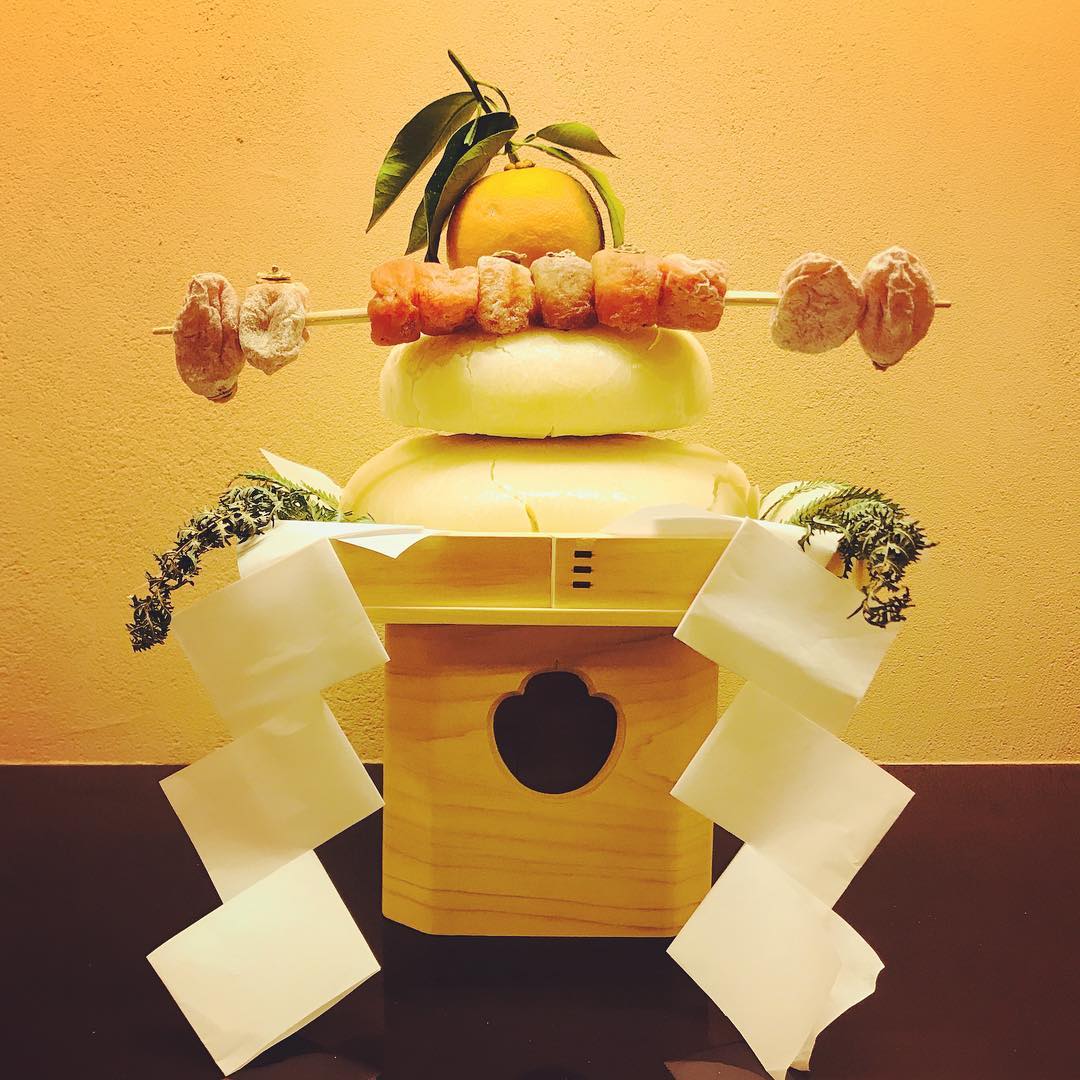
a traditional year-end kagamimochi decoration (photo by makie sonoyama)
The dried persimmons are arranged on a skewer in a very particular way. A total of 10 of them are skewered with 6 in the middle and 2 on each side. This is important because, as in many cases, the Japanese love wordplay. Two (niko) on each end = smiles (niko niko) on the outside. Six (mutsu) in the middle = harmony (mutsumajiku) on the inside.

But persimmons are special around year-end for a number of other reasons, too. For one thing, they represent a good harvest, and allow us the opportunity to be thankful for that. The persimmon tree is also a very long-living tree, hence symbolizing longevity. And lastly, persimmon (柿) can also be written as 嘉来, meaning ‘happiness to come’. Yes, more wordplay.
Of course, this persimmon post wouldn’t be plenary if I didn’t point out that the photographer who took these photos is named 柿平 (Kakidaira) and has the kanji for persimmon in his last name.


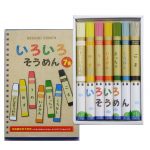
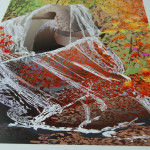
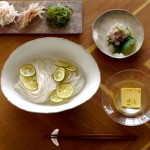
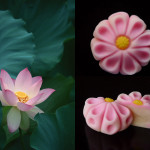


















November 10, 2018 at 11:51 pm
Natsukashii! We lived in Japan for 45 years, and hoshigaki were one of our favorite winter fruits. We loved the kaki, too. My “obachan” next door used to peel and dry hoshigaki for us. What a treat! Thank you for these beautiful reminders, although we never saw them in factory mode. Just string of them across the amado.
November 11, 2018 at 2:55 am
Lovely, as most things and customs in Japan.